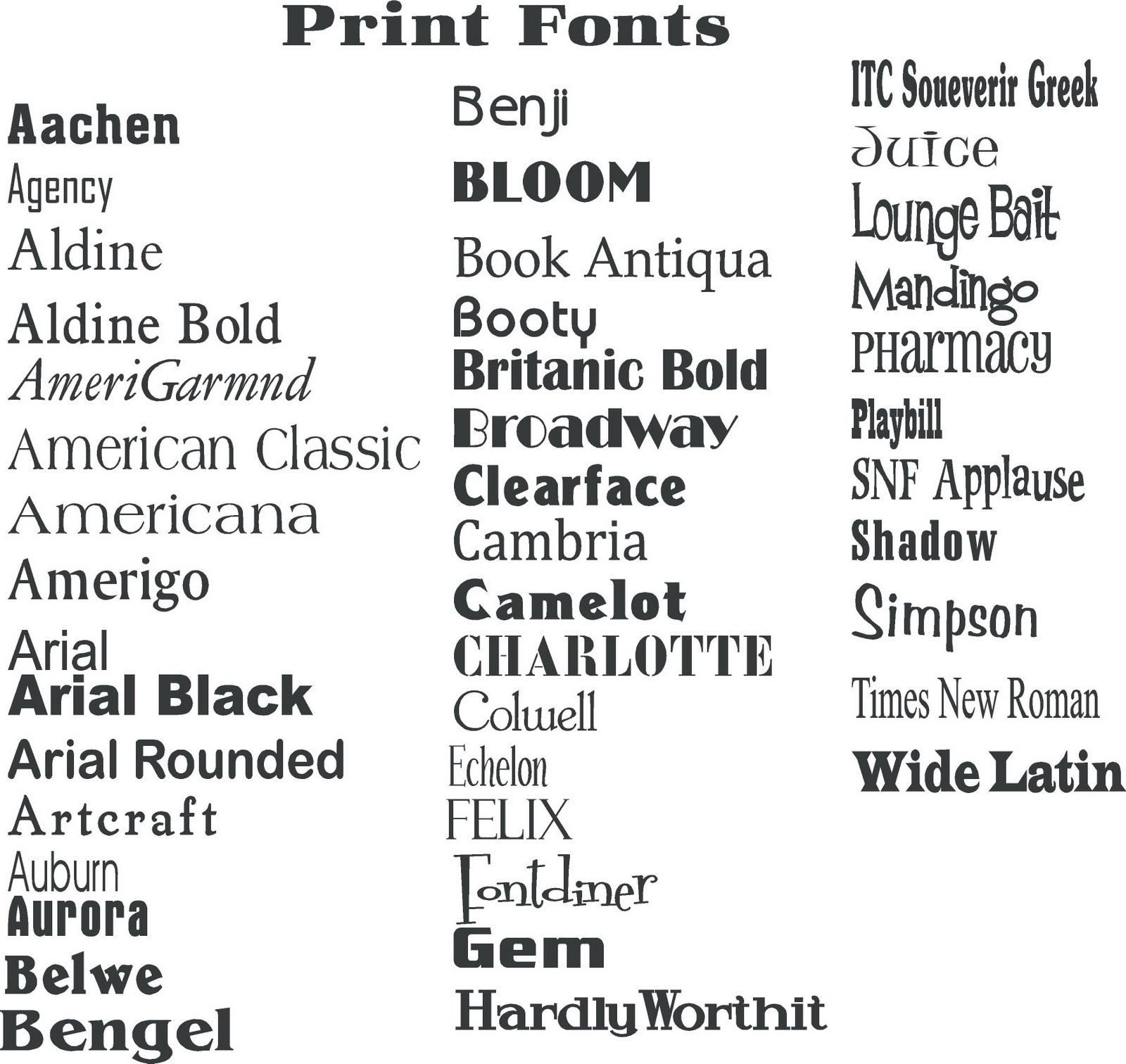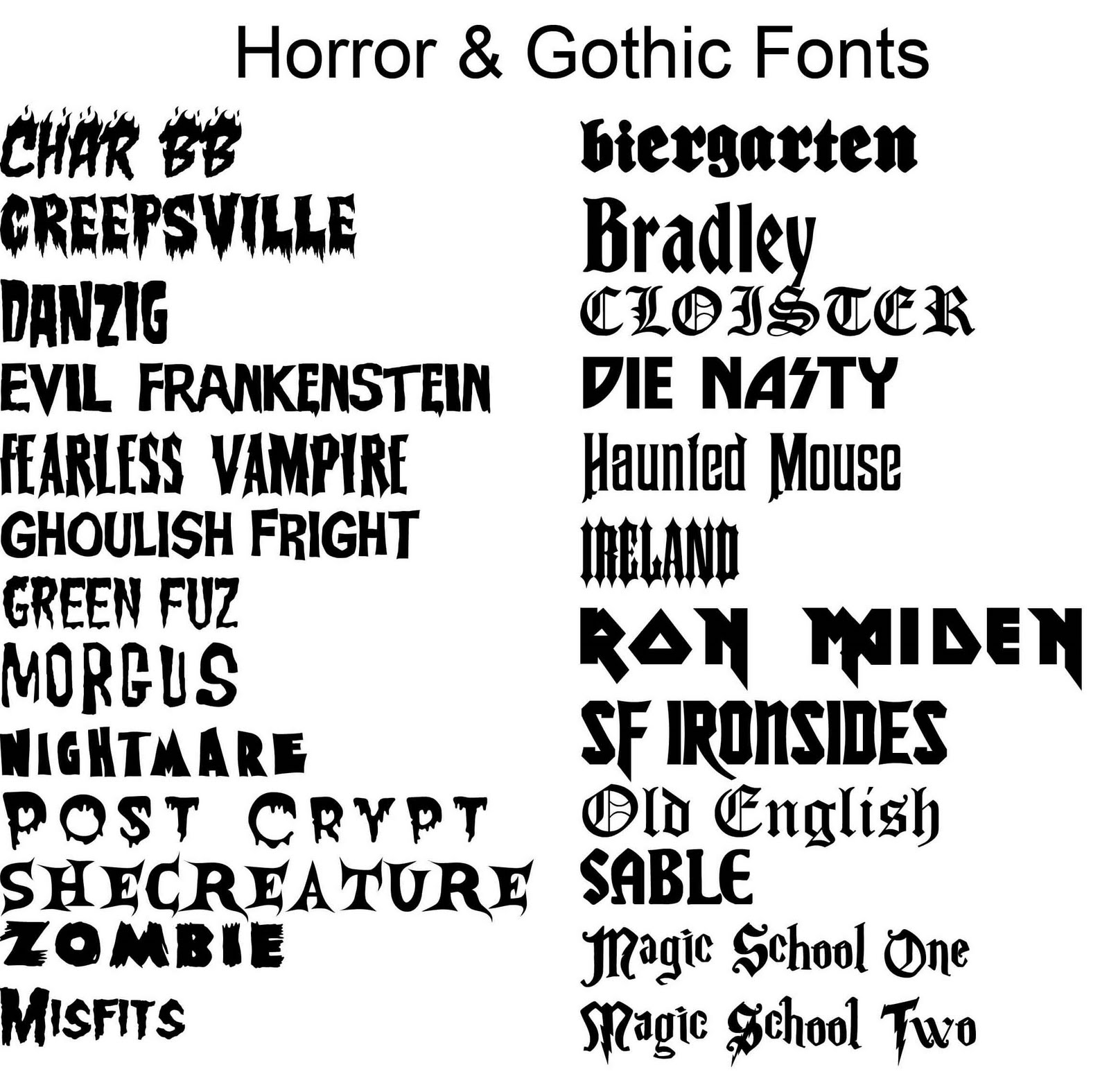Remember the dial-up modem screech? Type 1 fonts are kind of like that – a relic of the early internet era. They were once the backbone of digital typography, the unsung heroes behind crisp text on our screens and printed pages. But like that screeching modem, they've largely been replaced by sleeker, more efficient technologies. So why bother digging into this seemingly obsolete technology? Because understanding the past informs the present, and the legacy of Type 1 fonts continues to shape the digital typography landscape we navigate today.
Type 1 fonts, also known as PostScript fonts, emerged in the 1980s as a collaboration between Adobe and Apple. They offered a significant upgrade from bitmap fonts, allowing for scalable text that looked sharp at any size. Imagine a world where every font size required a separate file – that was the pre-Type 1 reality. These fonts, built on the PostScript language, introduced the concept of outlines, mathematically describing the shapes of characters. This meant smooth curves and consistent rendering across different devices and resolutions, a revolutionary advancement at the time.
The reign of Type 1 fonts marked a turning point in digital publishing and graphic design. Suddenly, designers had access to a wider array of high-quality fonts that could be easily scaled and manipulated. This fueled the desktop publishing revolution, empowering individuals and businesses to create professional-looking documents without expensive typesetting equipment. For years, Type 1 fonts were the industry standard, shaping the visual identity of countless brands and publications.
However, the rise of OpenType fonts, with their cross-platform compatibility and advanced typographic features, gradually pushed Type 1 fonts to the sidelines. OpenType's ability to handle larger character sets, including Unicode support for diverse languages, made it the preferred format for modern web and print design. The inherent limitations of Type 1 technology, such as its reliance on hinting for optimal rendering at small sizes, became increasingly apparent in the evolving digital environment.
While Type 1 fonts are no longer the dominant force they once were, their influence is undeniable. Understanding their history provides context for the advancements in font technology we enjoy today. Furthermore, encountering Type 1 fonts in older documents or legacy systems is still a possibility, making familiarity with their characteristics relevant for designers and developers. Exploring the evolution of these fonts provides a valuable lesson in the ever-changing nature of technology and the importance of adapting to new standards.
One of the primary drawbacks of Type 1 fonts was their limited character set, primarily supporting Latin-based alphabets. Another issue was the reliance on "hinting," instructions embedded in the font file to improve on-screen rendering at small sizes. This hinting process could sometimes lead to inconsistencies across different platforms and devices.
Advantages and Disadvantages of Type 1 Fonts
| Advantages | Disadvantages |
|---|---|
| High-quality rendering at large sizes | Limited character sets (primarily Latin-based) |
| Established industry standard for many years | Reliance on hinting, which can lead to inconsistent rendering |
| Wide availability of classic fonts in Type 1 format | Not supported by modern web browsers |
FAQs:
Q: Are Type 1 fonts still used? A: Rarely. They have largely been replaced by OpenType fonts.
Q: Why were Type 1 fonts replaced? A: OpenType offered better cross-platform compatibility, larger character sets, and advanced typographic features.
Q: Can I still open files containing Type 1 fonts? A: Yes, using legacy software or conversion tools.
Q: What are some examples of Type 1 fonts? A: Times New Roman, Helvetica, and Courier are often found in Type 1 format.
Q: What is PostScript? A: The programming language upon which Type 1 fonts are based.
Q: What is hinting? A: Instructions within the font file to optimize display at small sizes.
Q: Why is understanding Type 1 fonts important? A: For historical context and potential compatibility issues with older documents.
Q: What are OpenType fonts? A: The modern standard for digital fonts, offering greater flexibility and compatibility.
The story of Type 1 fonts is a fascinating glimpse into the evolution of digital typography. While these fonts may be a fading echo of the past, their contribution to the modern digital landscape cannot be overstated. Understanding their strengths and limitations provides valuable insights for designers and developers navigating the complexities of contemporary font technology. As we embrace the future of typography, it's essential to remember the pioneers who paved the way, the fonts that shaped our digital experiences, and the lessons learned along the path to typographic innovation. This journey from the screech of dial-up to the sleek interfaces of today highlights the relentless drive for progress in the digital realm. While Type 1 fonts may be relegated to the archives, their legacy continues to inform the way we interact with text in the digital age. Moving forward, designers and developers should focus on embracing modern font formats like OpenType for optimal cross-platform compatibility and a richer typographic experience.
Navigating grief a look at sunset hills funeral home il
Captivating imagery exploring the allure of sun and moon images imagenes del sol y la luna
Understanding the concept of equality
list of type 1 fonts - Khao Tick On
Mapping of Adobes Type 1 Fonts to OpenType - Khao Tick On
Windows Fonts How to Install and Find - Khao Tick On
list of type 1 fonts - Khao Tick On
Vectara Successfully Completed its SOC 2 Type 1 Examination - Khao Tick On
Steel A325 Type 1 Structural Bolt - Khao Tick On
172 Mirage 2000B2000D2000N FRANCE male pilot in a standing - Khao Tick On
list of type 1 fonts - Khao Tick On
Rantin Razor A Million Fonts And Counting CBA - Khao Tick On
list of type 1 fonts - Khao Tick On
Wooden Colour Swimming Medal Type 1 From 125 each - Khao Tick On
12 PostScript Fonts Used by GMT - Khao Tick On
Wooden Colour Football Medal Type 1 From 125 each - Khao Tick On
Quality of Life of Type 1 Neurofibromatosis Patients A Scoping Review - Khao Tick On
Slate Football Medal Type 1 - Khao Tick On














